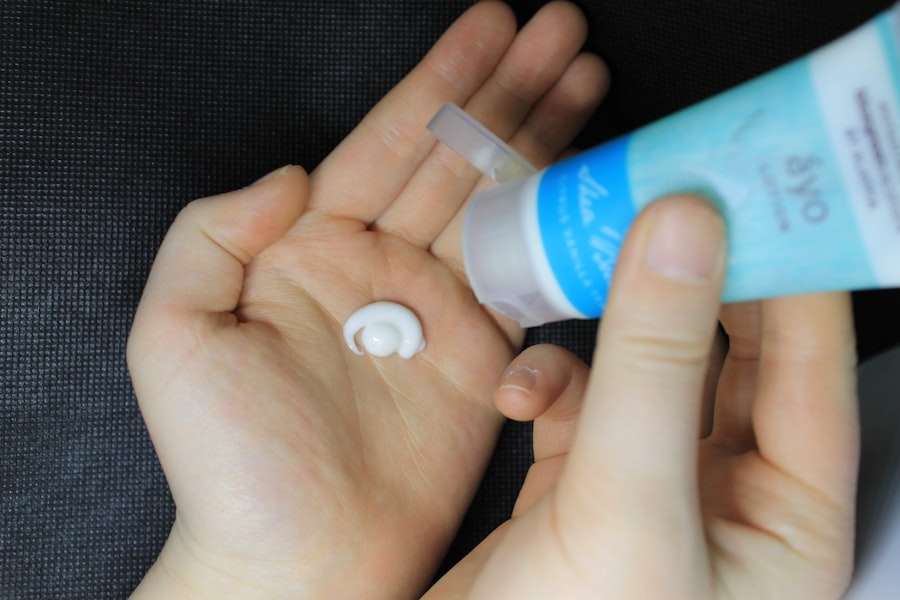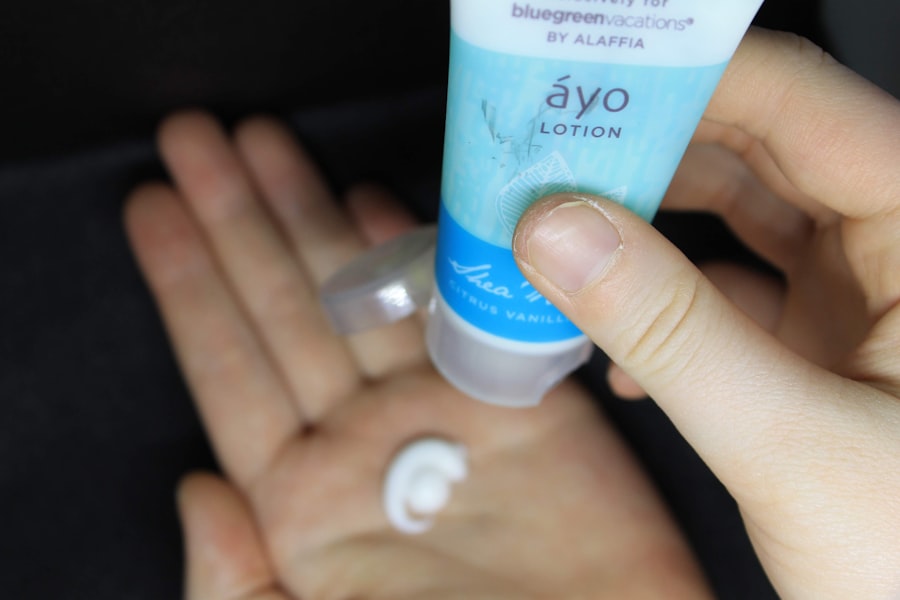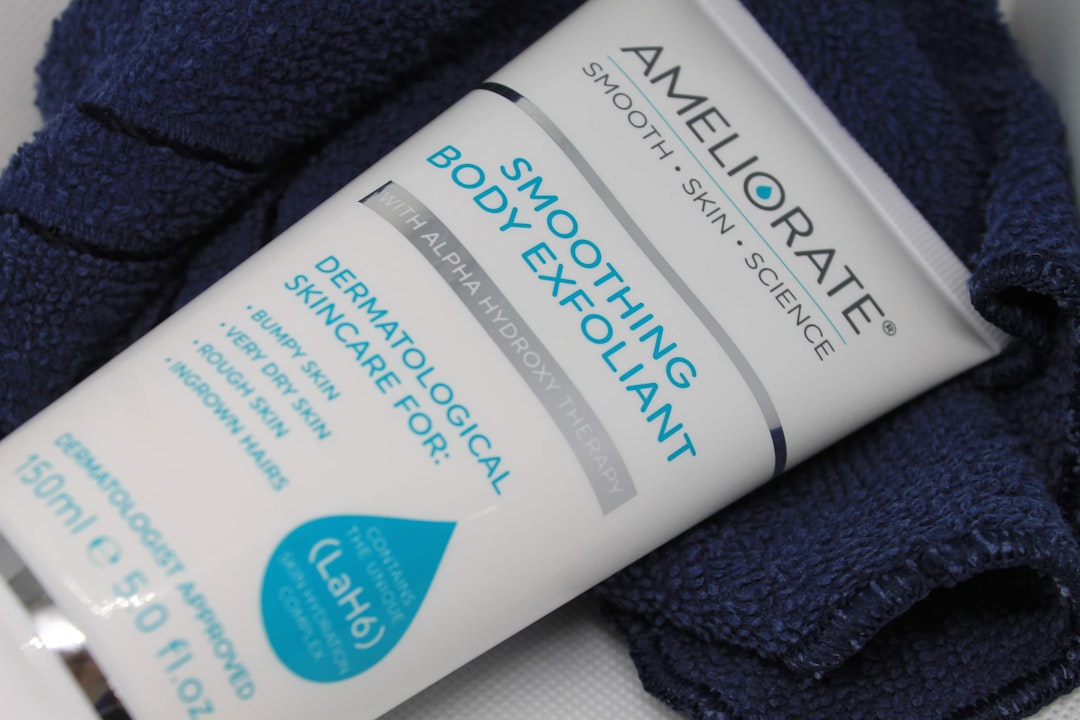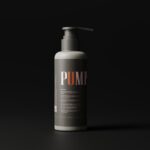When you decide to undergo laser hair removal, you are making a significant investment in your personal grooming and self-care routine. However, the journey doesn’t end once the procedure is completed. In fact, the aftercare you provide for your skin plays a crucial role in determining the overall success of the treatment.
By understanding the importance of aftercare, you can take proactive steps to protect your skin and maximize the benefits of laser hair removal. Aftercare is essential because it allows your skin to heal properly after the laser treatment.
The laser targets hair follicles, which can leave your skin feeling sensitive and vulnerable. Without appropriate care, you may experience increased irritation, redness, or even complications such as hyperpigmentation. By following a structured aftercare routine, you can soothe your skin, reduce discomfort, and promote healing.
This not only enhances your immediate results but also contributes to the long-term effectiveness of the treatment.
Key Takeaways
- Proper aftercare is crucial for the success of laser hair removal and to minimize potential side effects.
- Shaving before laser hair removal can improve the effectiveness of the treatment by ensuring the laser targets the hair follicle directly.
- Preparing your skin for laser hair removal after shaving involves cleansing and avoiding products that may irritate the skin.
- Moisturizing is essential in laser hair removal aftercare to keep the skin hydrated and promote healing.
- Sun exposure should be avoided after shaving and laser hair removal to prevent skin damage and pigmentation issues.
The Benefits of Proper Shaving Before Laser Hair Removal
Before you step into the laser hair removal clinic, one of the most critical steps is proper shaving. Shaving the area to be treated ensures that the laser can effectively target the hair follicles without interference from longer hair. When you shave correctly, you create an optimal environment for the laser to work its magic.
Moreover, shaving before your appointment can help reduce the risk of skin irritation. Longer hair can absorb some of the laser energy, leading to unnecessary heat and discomfort.
By ensuring that your skin is smooth and free from longer hair, you allow the laser to penetrate more effectively and safely. This preparation step is vital for achieving the best possible results from your laser hair removal sessions.
How to Prepare Your Skin for Laser Hair Removal After Shaving

Once you’ve completed shaving, preparing your skin for laser hair removal is essential for a successful experience. Start by cleansing the area thoroughly to remove any residual shaving cream or products that could interfere with the laser treatment. Use a gentle cleanser that won’t irritate your skin, as harsh soaps can exacerbate sensitivity.
After cleansing, pat your skin dry with a soft towel; avoid rubbing, as this can cause additional irritation. In addition to cleansing, consider applying a soothing gel or lotion that contains ingredients like aloe vera or chamomile. These natural ingredients can help calm your skin and reduce inflammation before the procedure.
Laser hair removal preparation It’s also wise to avoid any products with strong fragrances or active ingredients like retinoids or acids in the days leading up to your appointment, as these can increase sensitivity and make your skin more reactive to the laser.
The Role of Moisturizing in Laser Hair Removal Aftercare
| Benefits of Moisturizing in Laser Hair Removal Aftercare | Importance |
|---|---|
| Hydrates the skin | Helps in maintaining skin’s moisture balance |
| Reduces irritation and redness | Calms the skin and reduces post-treatment discomfort |
| Prevents dryness and flakiness | Keeps the skin smooth and supple |
| Enhances healing process | Supports the skin’s recovery after laser treatment |
Moisturizing is a fundamental aspect of aftercare following laser hair removal. After the procedure, your skin may feel dry or tight due to the heat generated by the laser. Applying a gentle moisturizer can help restore hydration and create a protective barrier on your skin.
Look for products that are fragrance-free and formulated for sensitive skin to avoid any potential irritation. Incorporating a good moisturizer into your aftercare routine not only alleviates dryness but also promotes healing. Ingredients like hyaluronic acid or glycerin can draw moisture into the skin, while ceramides help repair the skin barrier.
By keeping your skin well-hydrated, you can reduce redness and discomfort while enhancing the overall results of your treatment. Remember to apply moisturizer regularly, especially in the days immediately following your session.
Avoiding Sun Exposure After Shaving and Laser Hair Removal
One of the most critical aspects of aftercare is avoiding sun exposure both before and after your laser hair removal sessions. Your skin will be particularly sensitive following treatment, making it more susceptible to sunburn and pigmentation changes. Direct sunlight can lead to complications such as hyperpigmentation or even scarring, which can undermine the results of your treatment.
To protect your skin, it’s advisable to stay out of direct sunlight for at least two weeks post-treatment. If you must go outside, wearing protective clothing and applying a broad-spectrum sunscreen with an SPF of 30 or higher is essential. This will shield your skin from harmful UV rays while allowing it to heal properly.
By taking these precautions, you can ensure that your skin remains healthy and that your laser hair removal results are not compromised by sun exposure.
Tips for Minimizing Irritation and Redness Post-Laser Hair Removal

Experiencing some level of irritation or redness after laser hair removal is common; however, there are several strategies you can employ to minimize these effects. First and foremost, avoid touching or scratching the treated area, as this can exacerbate irritation and lead to infection. Instead, allow your skin to heal naturally by keeping it clean and moisturized.
Cold compresses can be incredibly effective in soothing irritated skin. Applying a clean, cool cloth to the area for short periods can help reduce redness and provide relief from discomfort. Additionally, consider using over-the-counter hydrocortisone cream if recommended by your technician; this can help alleviate inflammation and promote healing.
Always consult with your technician before using any new products on treated areas to ensure they are safe and appropriate for your specific situation.
The Importance of Following Up with Aftercare Instructions from Your Technician
Your technician will provide specific aftercare instructions tailored to your individual needs following your laser hair removal session. It’s crucial to follow these guidelines closely to ensure optimal results and minimize any potential complications. These instructions may include recommendations on cleansing routines, moisturizing products, and activities to avoid in the days following treatment.
By adhering to these instructions, you demonstrate a commitment to caring for your skin and maximizing the benefits of laser hair removal. Your technician has extensive knowledge about what works best for different skin types and conditions; therefore, their advice is invaluable in guiding you through the aftercare process. Ignoring their recommendations could lead to suboptimal results or even adverse reactions, so make it a priority to understand and implement their guidance.
Long-Term Effects of Proper Aftercare on the Success of Laser Hair Removal
The long-term effects of proper aftercare cannot be overstated when it comes to laser hair removal success. By investing time and effort into caring for your skin post-treatment, you set yourself up for lasting results that enhance both appearance and confidence. Consistent aftercare helps ensure that hair follicles remain effectively treated while minimizing any potential side effects that could arise from neglecting your skin’s needs.
In addition to immediate benefits like reduced irritation and improved healing, proper aftercare contributes to long-term satisfaction with your results. When you take care of your skin following each session, you are more likely to achieve smoother, hair-free areas that last longer than if you were to disregard aftercare protocols. Ultimately, prioritizing aftercare not only enhances your experience but also solidifies the effectiveness of laser hair removal as a long-term solution for unwanted hair.
In conclusion, understanding and implementing proper aftercare following laser hair removal is essential for achieving optimal results. From pre-treatment shaving techniques to post-treatment moisturizing routines, every step plays a vital role in ensuring that your skin remains healthy and radiant throughout the process. By taking these precautions seriously and following expert advice from your technician, you can enjoy all the benefits that laser hair removal has to offer while minimizing any potential side effects along the way.
After undergoing laser hair removal, proper aftercare is essential to ensure the best results. One important aspect of aftercare is shaving the treated area. To learn more about the benefits of shaving after laser hair removal and how to do it properly, check out this informative article on inlaserhairremoval.com. This article provides valuable tips and insights on how to maintain smooth and hair-free skin post-treatment.
FAQs
What is laser hair removal aftercare shaving?
Laser hair removal aftercare shaving refers to the process of shaving the treated area after a laser hair removal session to maintain the results and prevent any potential irritation or ingrown hairs.
Why is shaving important after laser hair removal?
Shaving after laser hair removal helps to remove any remaining hair in the treated area, allowing the laser to target the hair follicles more effectively during subsequent sessions. It also helps to prevent ingrown hairs and irritation.
When should I start shaving after laser hair removal?
It is recommended to wait at least 24-48 hours after a laser hair removal session before shaving the treated area. This allows the skin to recover from the treatment and reduces the risk of irritation.
What type of razor should I use for shaving after laser hair removal?
It is best to use a clean, sharp razor with multiple blades to ensure a close and smooth shave. Avoid using dull or old razors, as they can cause irritation and ingrown hairs.
Are there any specific shaving techniques to follow after laser hair removal?
When shaving after laser hair removal, it is important to shave in the direction of hair growth to minimize irritation and ingrown hairs. It is also recommended to use a gentle touch and avoid pressing too hard on the skin.
Are there any products I should avoid using after shaving following laser hair removal?
After shaving following laser hair removal, it is best to avoid using any harsh exfoliants, alcohol-based products, or fragranced lotions on the treated area. These products can irritate the skin and potentially cause complications.






